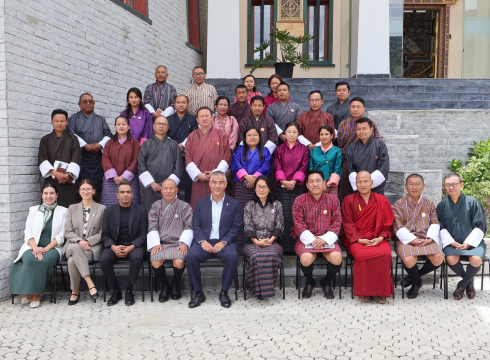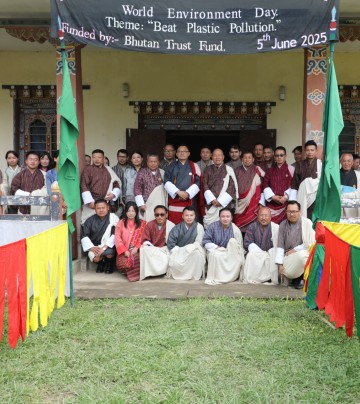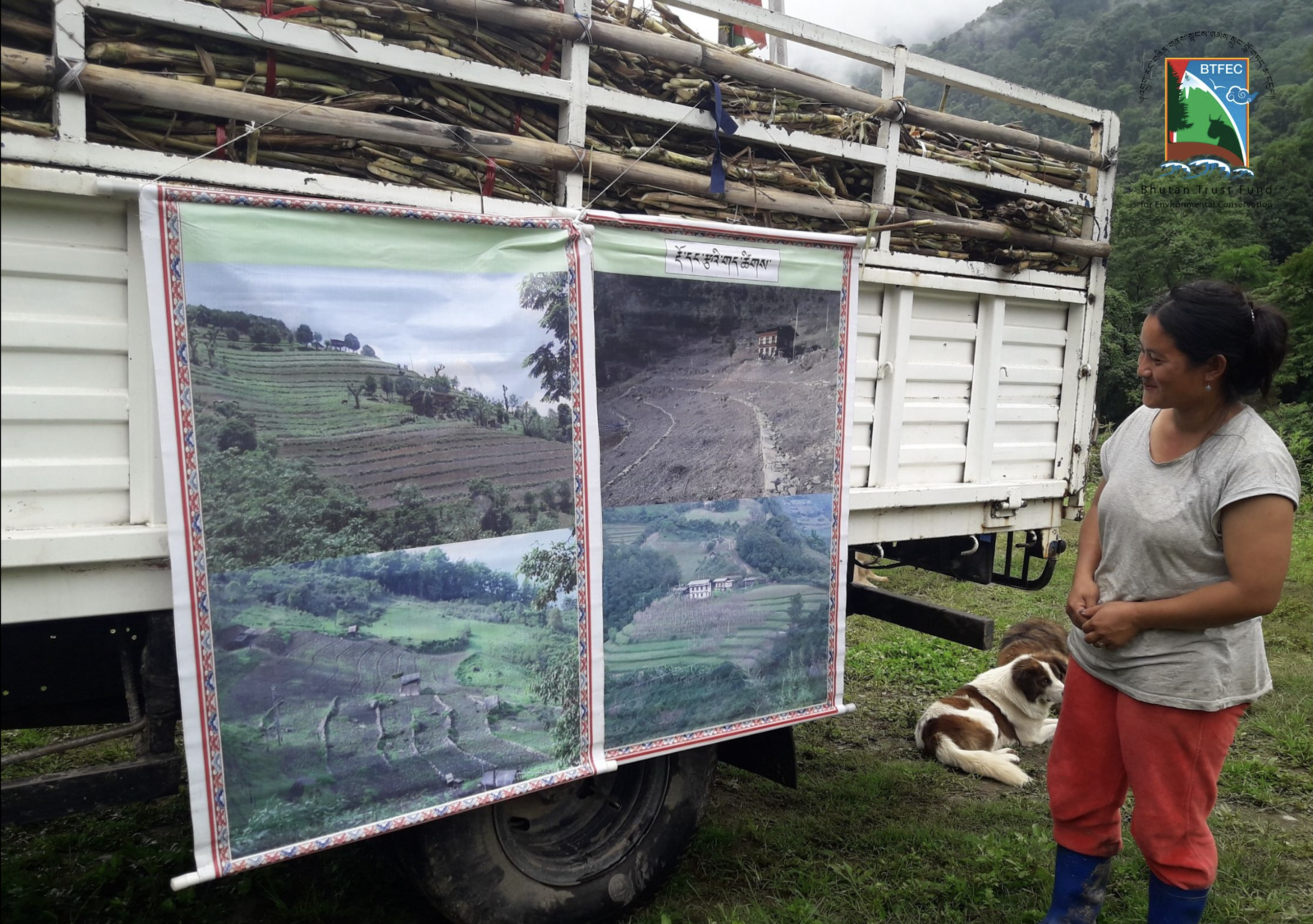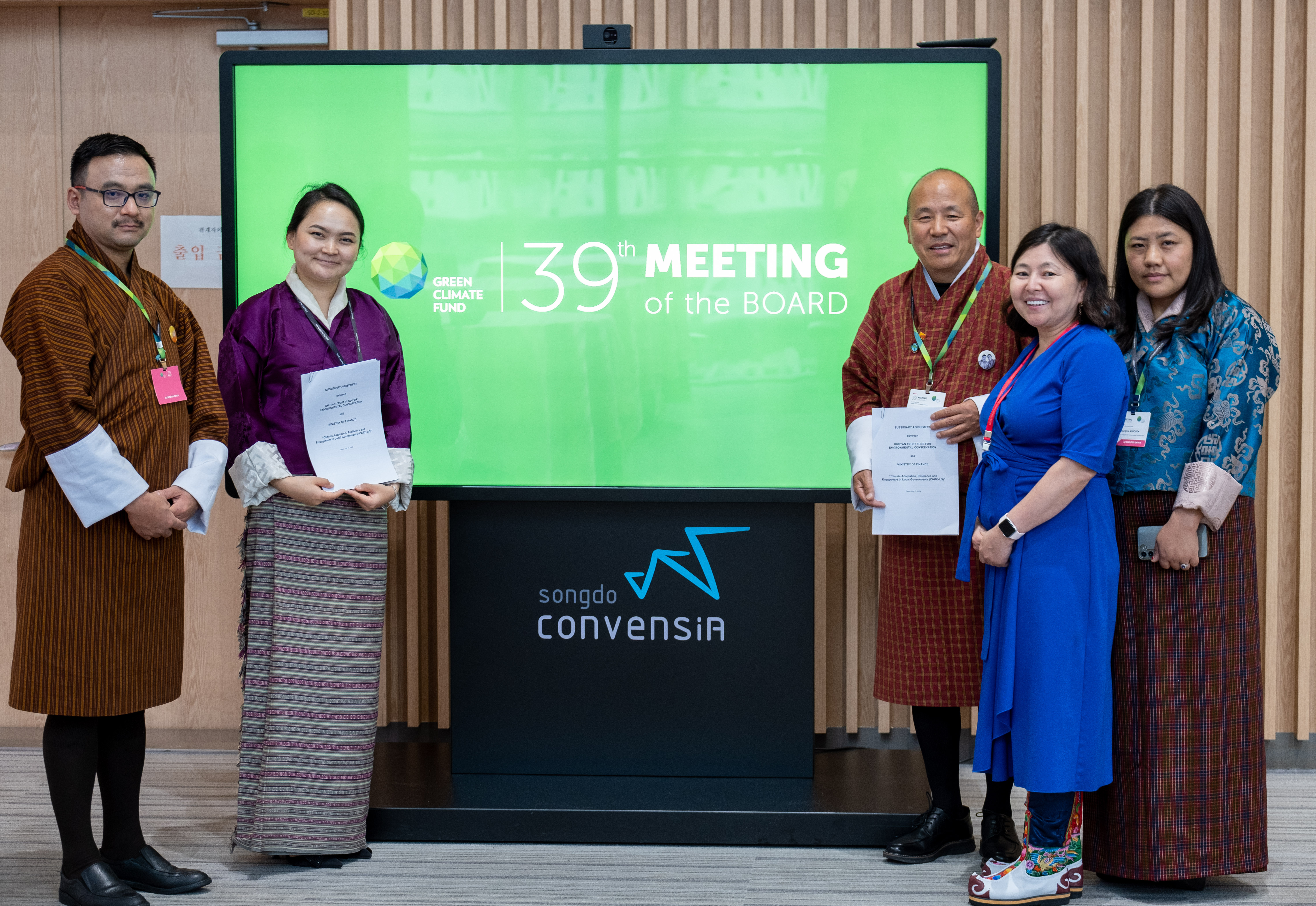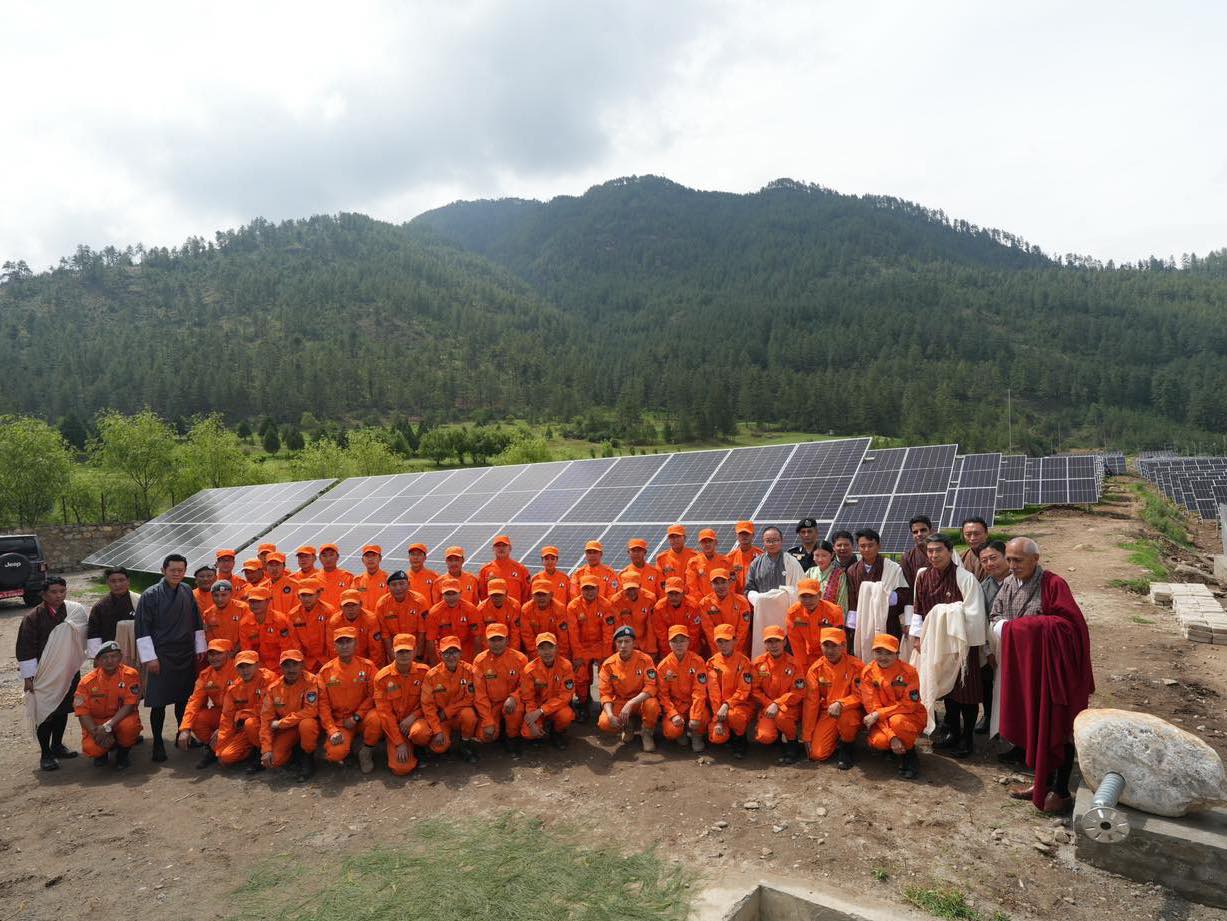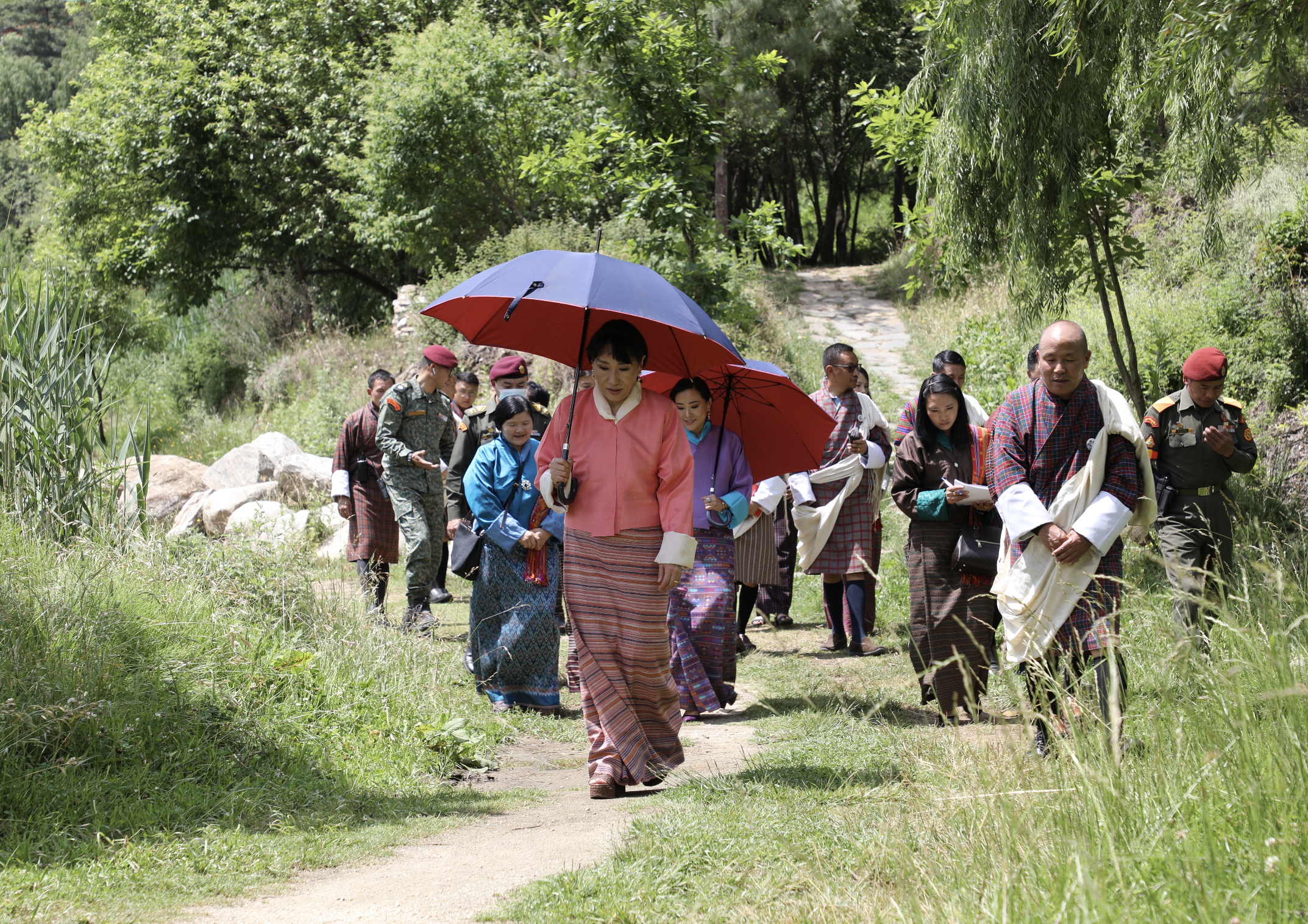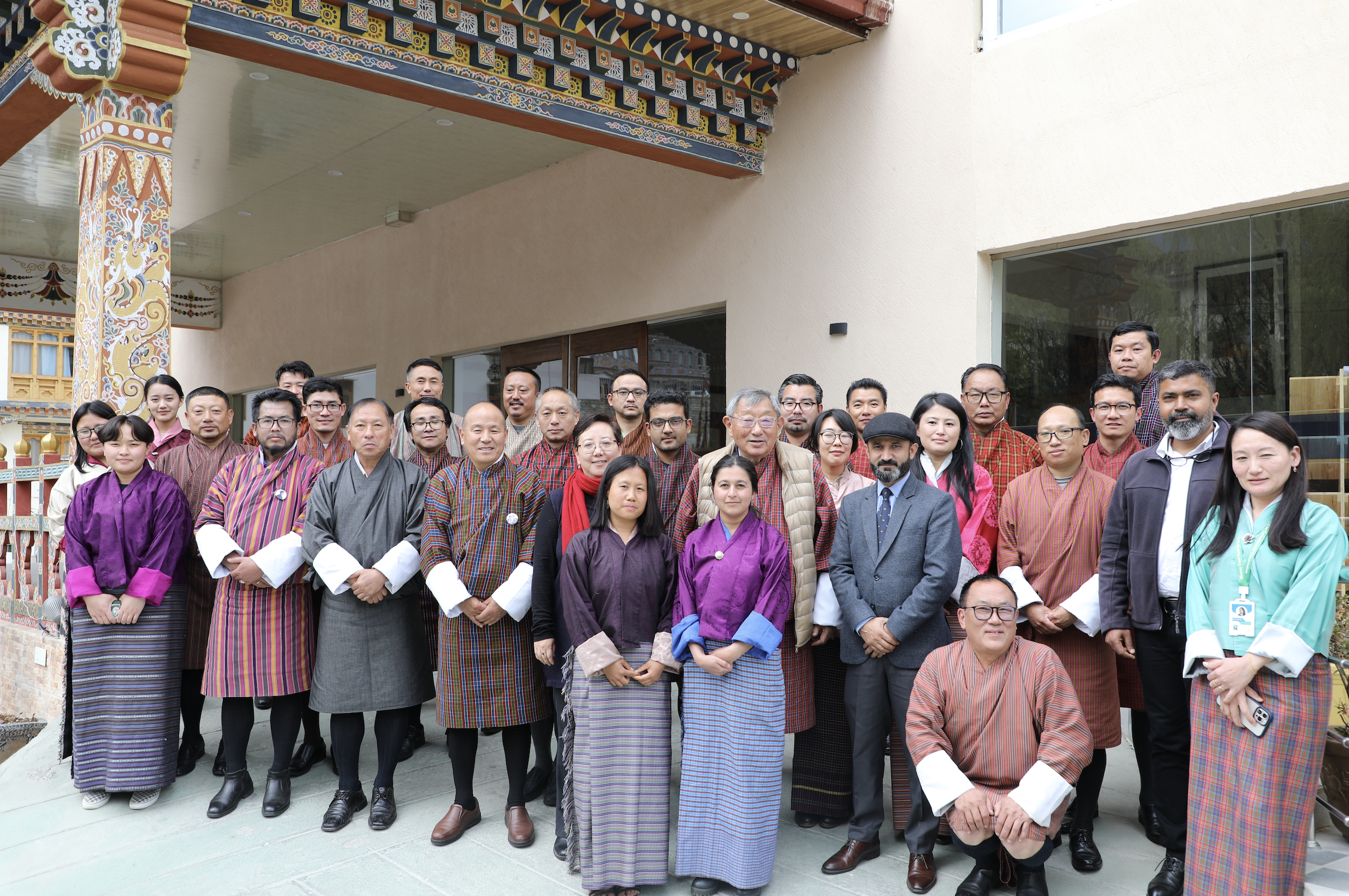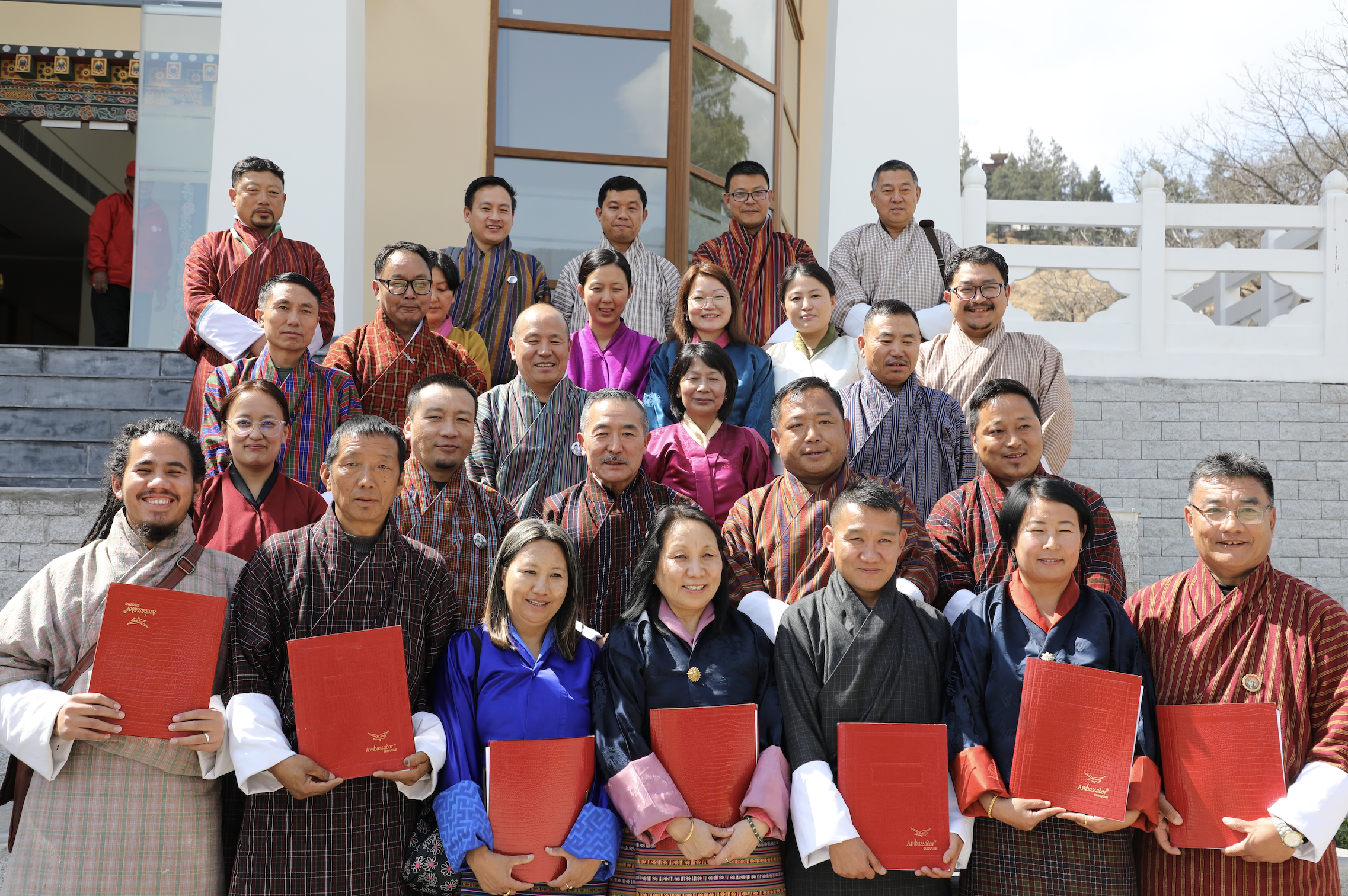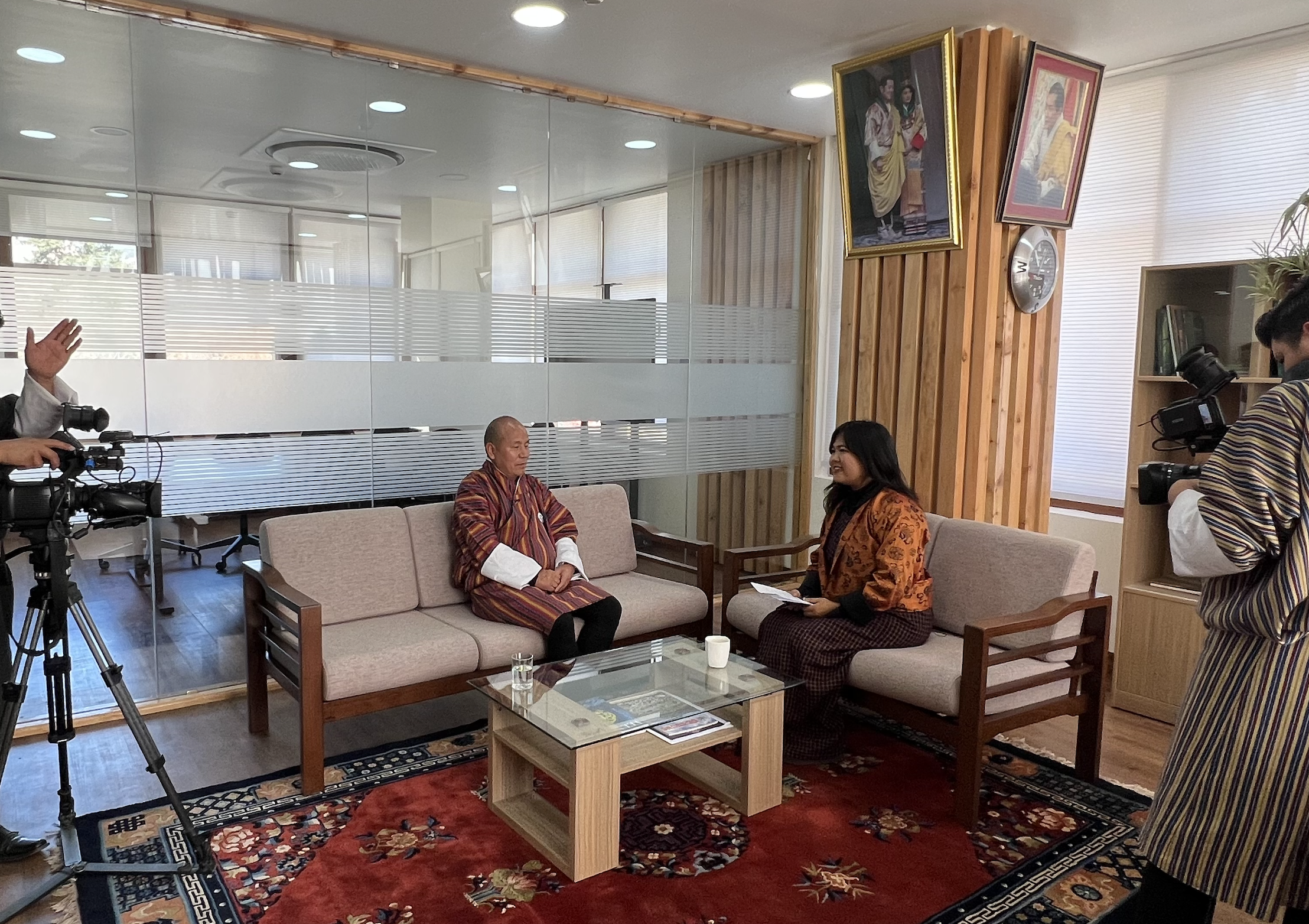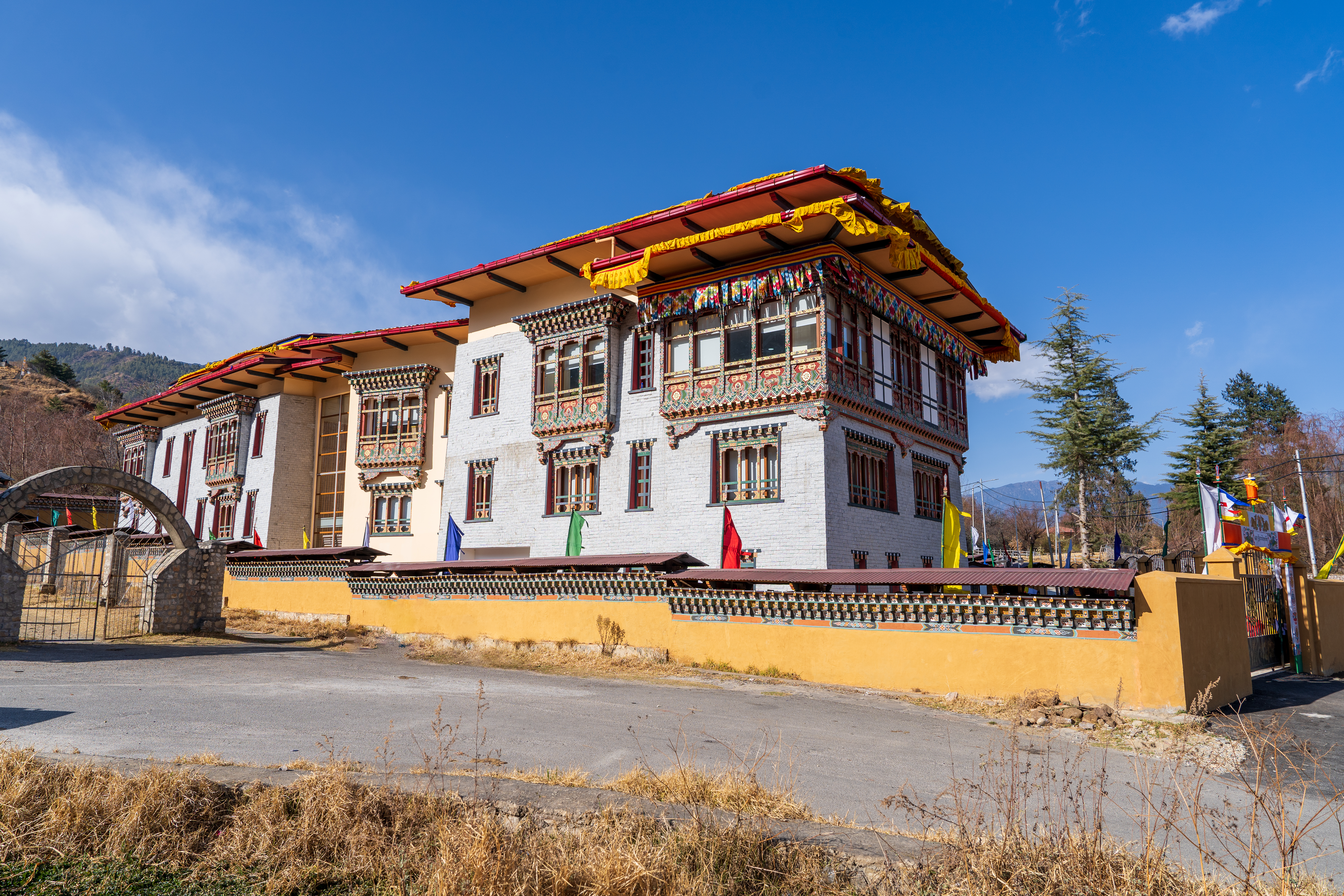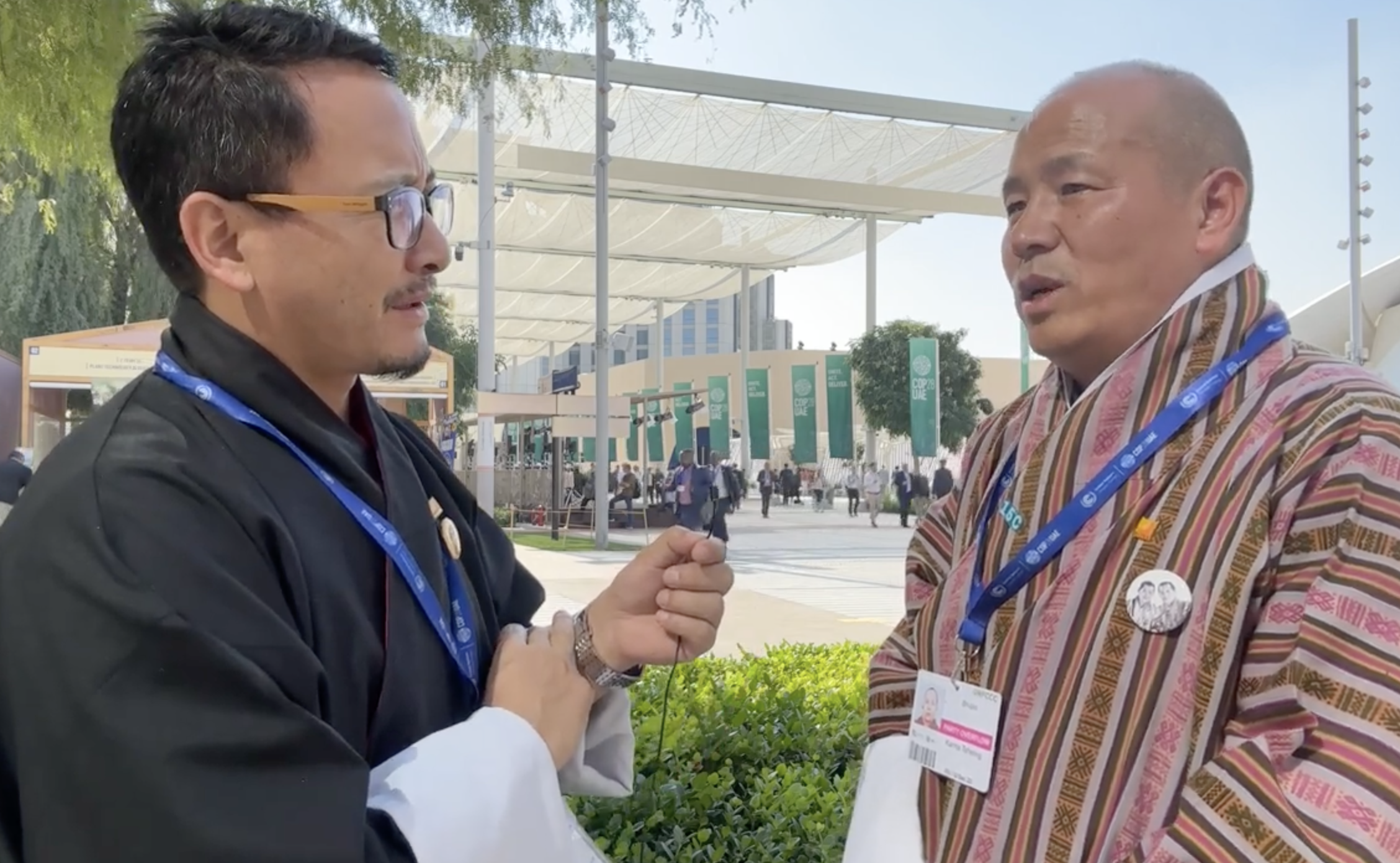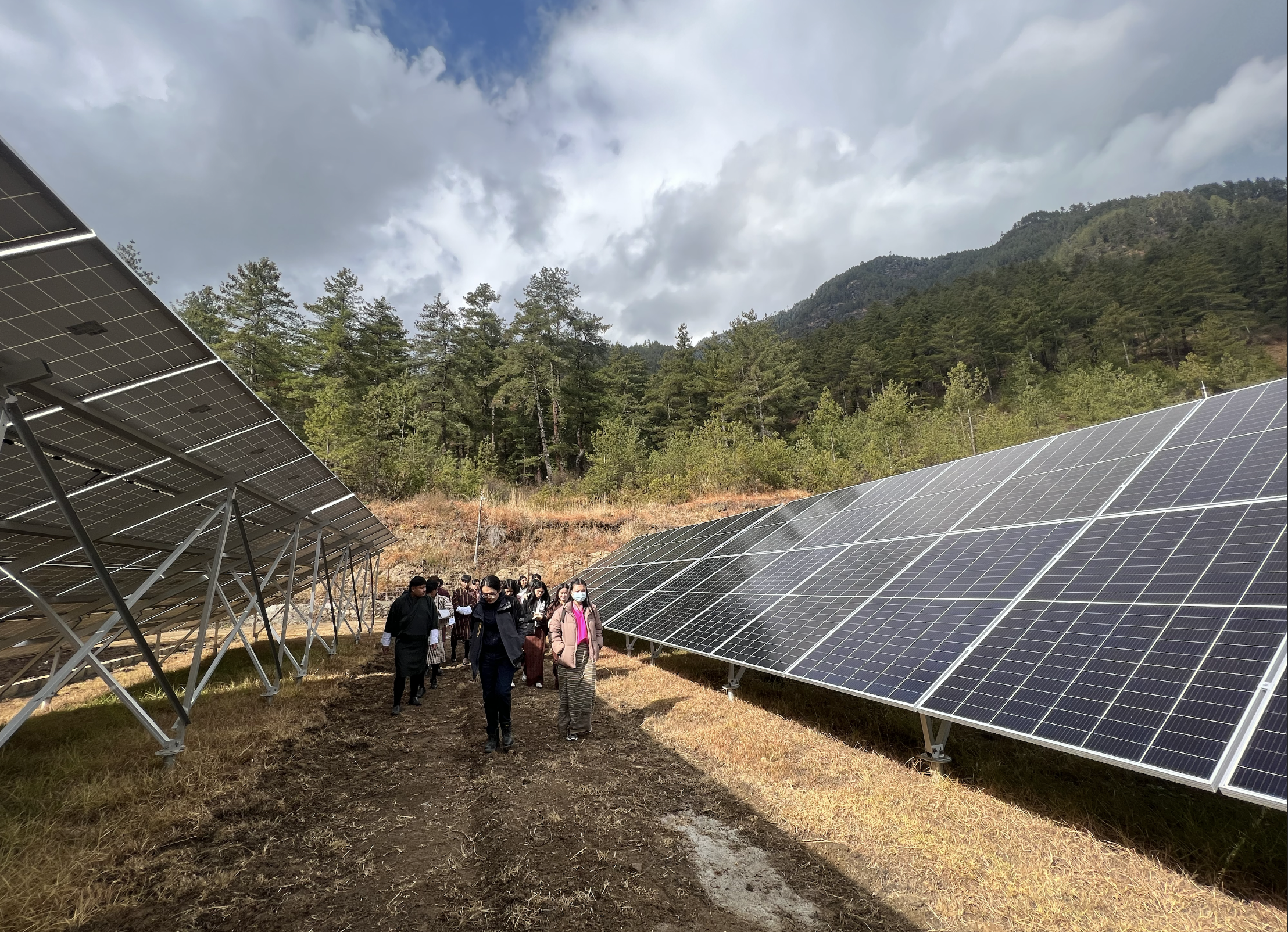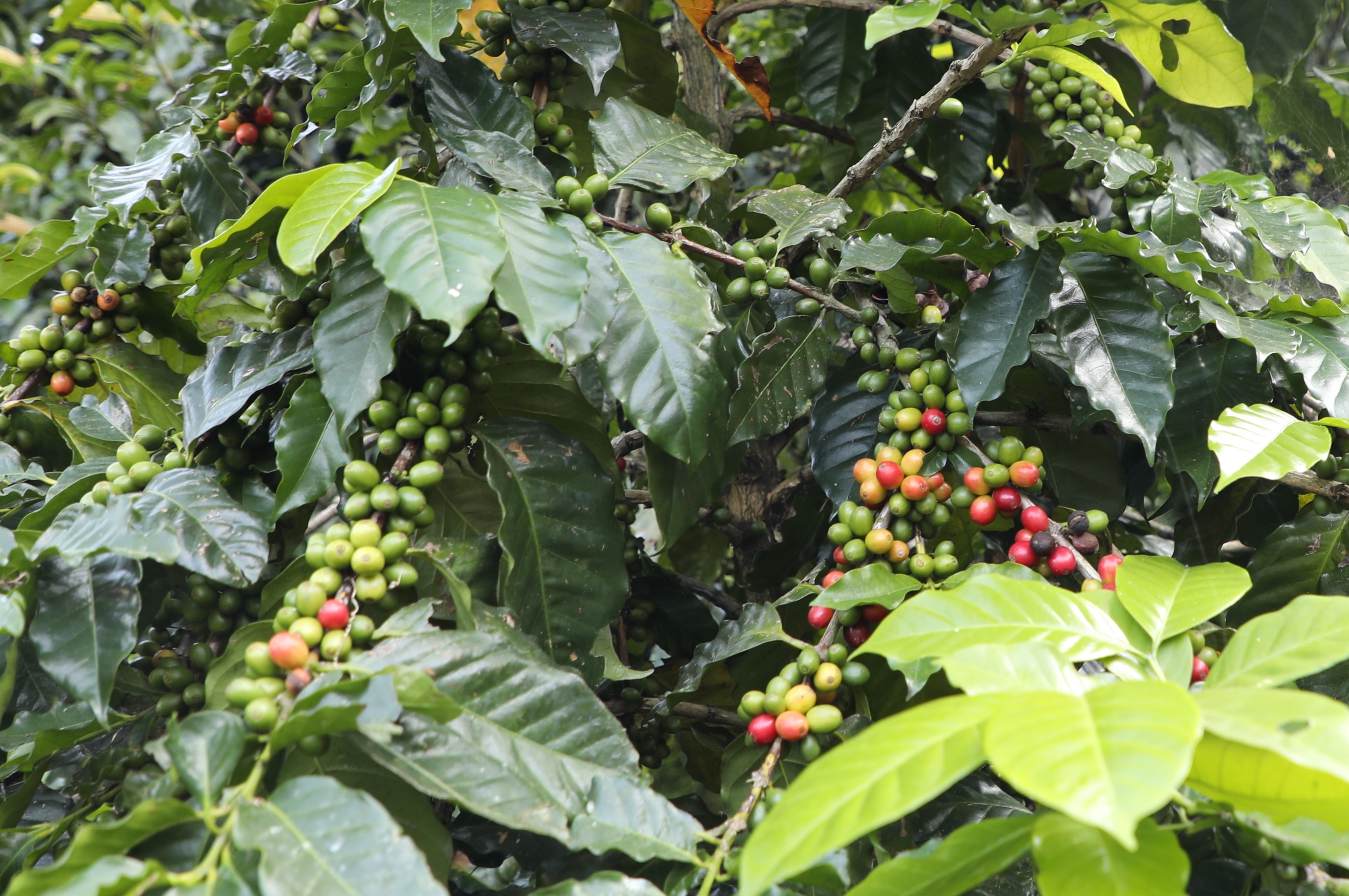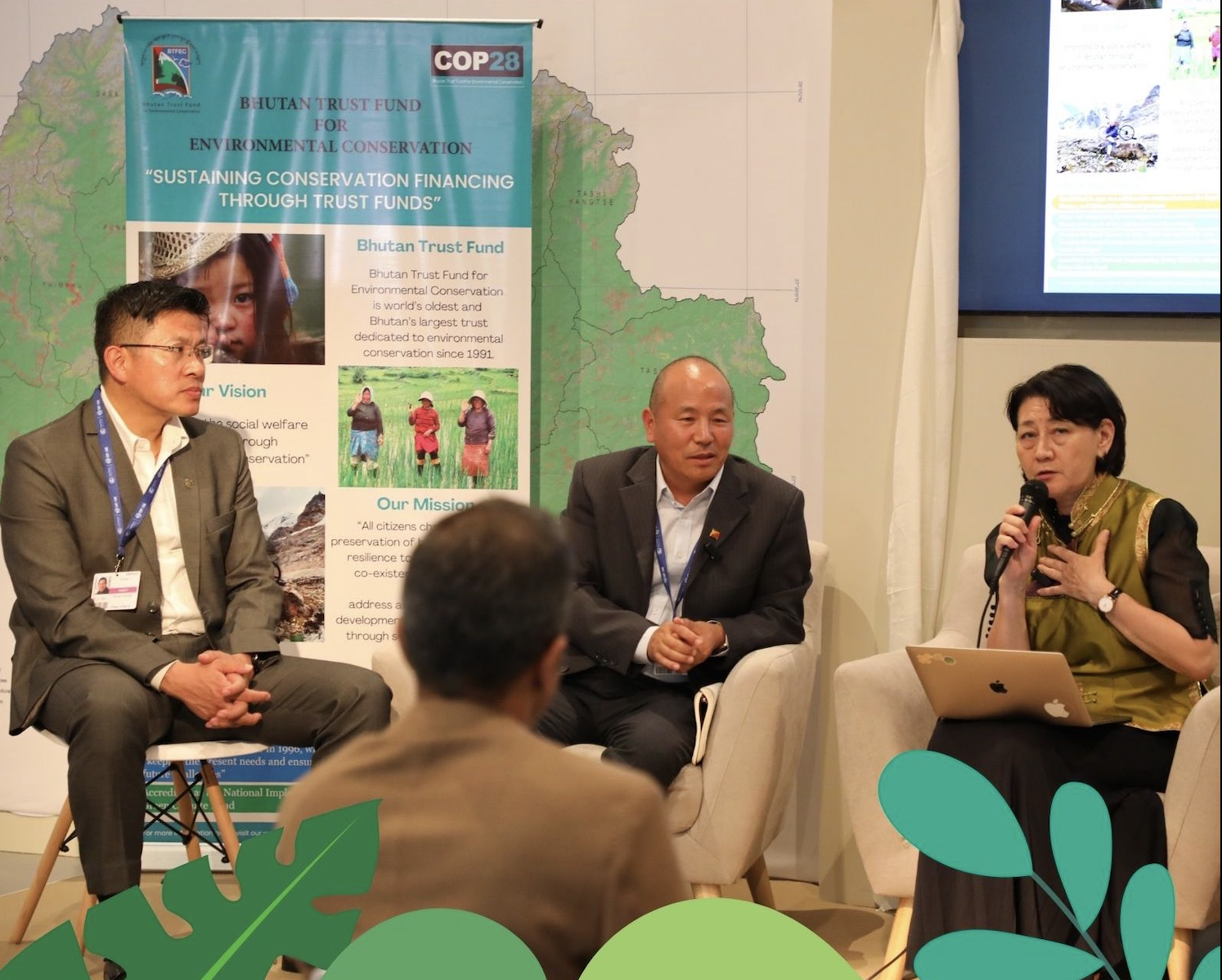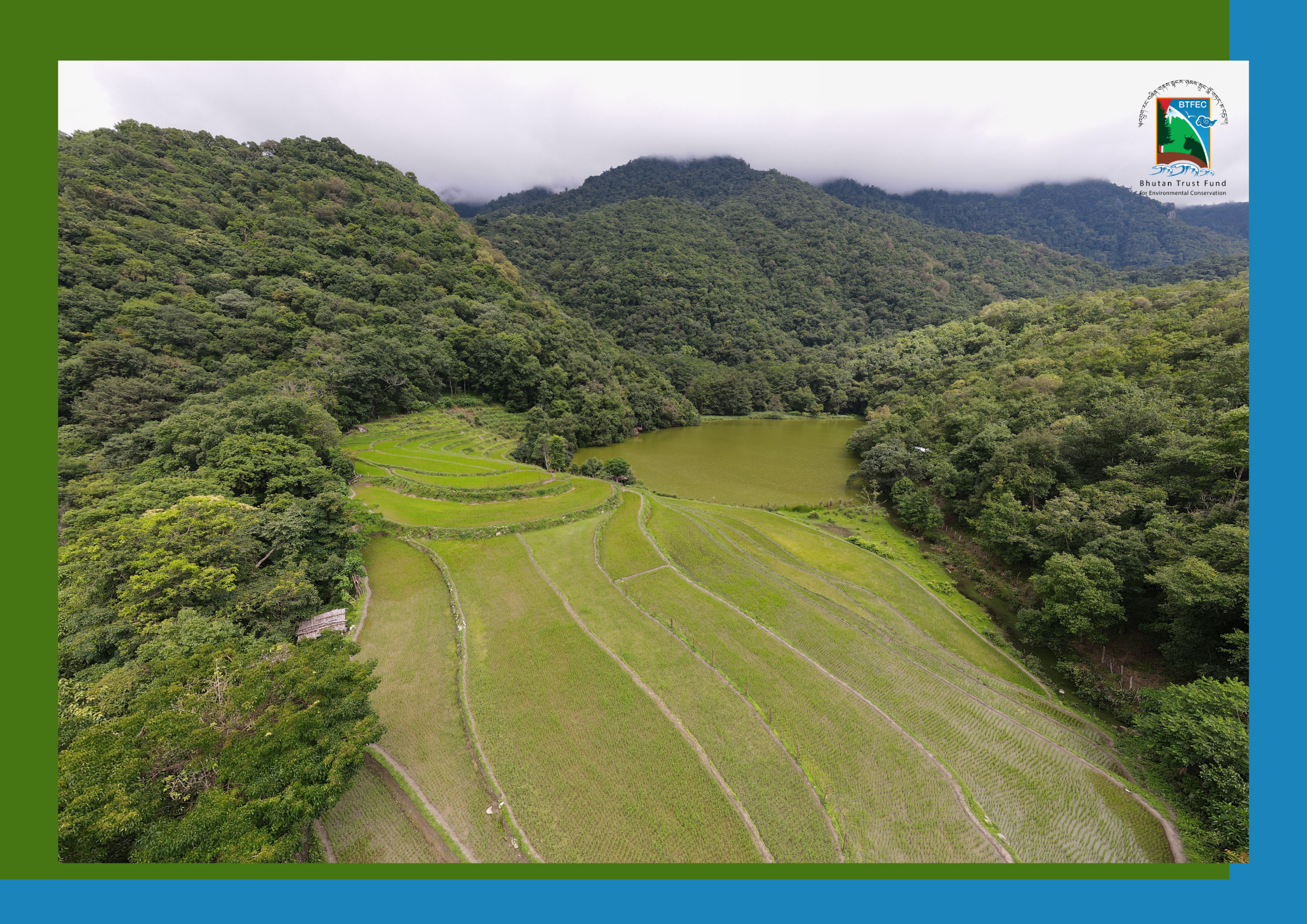
The Sacred and the Scientific Stories of Bhutan’s Protected Areas and Biological Corridors
For centuries, Bhutanese have lived in harmony with nature. The importance of natural ecosystem, and every aspect associated with nature is deep-rooted in Bhutan’s distinctive socio-cultural and religious situations. It is almost correct to say, our beliefs, superstitions, and a strong religious, traditional and cultural ethos associated with Buddhism played a significant role in conservation of our natural wealth. Buddhist values inspire a respectful attitude towards all living beings including insects, wild animals, streams, lakes and mountains. The positive side effects of the dark stories of demons and enchantresses guarding our mountains and caves, the beguiling stories of mermaids protecting sacred lakes and streams-- they all contributed to the safeguarding of our forests, mountains and natural resources.
Scientific Management of Forests and Wildlife Conservation in Bhutan
Bhutan is a pioneer in conservation and upkeeping of the Protected Areas (PA) and the Biological Corridors (BC) at a national level as early as in 1950s. Building on a strong tradition of respect for nature, the Royal Government of Bhutan under the leadership of the wise and the visionary monarchs has prioritized the conservation of nature and biodiversity. In fact, the scientific management of forests and wildlife conservation in Bhutan can be traced back to 1952 when the Department of Forestry was established as the first official agency within the government system.
According to the recent report “Management Effectiveness of Protected Areas in Bhutan 2022-2023” (published by the Nature Conservation Division, under the Department of Forests and Park Services), the Bhutan Forests Act of 1969 which is one of the forerunners of all modern legislations brought all forest resources under state management with the intent to curb exploitation and rationalize utilization, indicating the importance that the Royal Government place on the conservation of our forests. In 1974, the first National Forest Policy was approved that set a goal of maintaining 60% of the land under forest cover in perpetuity.
The Protected Areas System in Bhutan
The Protected Areas (PA) system in Bhutan was initiated since 1960’s and in 1993, as a financing condition for the BTFEC, the Parks System was revised for better ecological representation and realistic management. Today, Bhutan has 10 formally Protected Areas, covering over half of the total area of the country.
Moving forward, conservation and management of PAs is guided by the newly enacted conservation law, the Forests and Nature Conservation Act 2023, which places equal importance to conservation with that of sustainable management of forest resources through community and individual participation.
Biological Corridors: a gift to the earth
In 1999, Bhutan established 12 Biological Corridors (BC) covering a total area of 3,660 km2 and bestowed it as the Gift to the Earth from the people of Bhutan. The Biological Corridors were introduced to connect all the Protected Areas together into a single uninterrupted area providing free mobility to wild animals. BC means an area set aside to connect one or more Protected Areas, which shall be conserved and managed for the safe movement of wildlife.
According to the Nature Conservation Division’s report, “Isolated populations of wildlife or plants are less genetically viable and at much greater risk than connected populations. Many species must migrate with seasons, roam to find mates, or change habitats to locate new sources of food. Fragmented populations are forced to inbreed, degrading their genetics. Fragmentation also halts plants that rely on animals to widely disperse their seeds and pollen.” Consequently, the BC’s locations were chosen to balance many factors, including the risk of forest fires, migration patterns of keystone species, difficulty of terrain, habitat condition, human impacts, and the passage’s shape, such as the width of narrowest constriction.
There were initially 12 corridors with a total coverage of 3,660 km2 connecting all nine of Bhutan’s Protected Areas. But with the establishment of Wangchuck Centennial National Park in 2008, three corridors were subsumed.
In November 2023, marking a new highlight in Bhutan’s conservation journey, Bhutan declared new biological corridor connecting Sakteng Wildlife Sanctuary and Bumdeling Wildlife Sanctuary in eastern Bhutan (Biological Corridor – 9).
In total, we have five National Parks, four Wildlife Sanctuaries, one Nature Reserve and nine Biological Corridors in Bhutan.
Conservation experts say Bhutan’s Biological Corridors epitomize a bold and innovative vision unsurpassed by any other nation on planet. Therefore, Bhutan can be aptly called as “the world leader in attempting to use Corridors as a cost-effective, reliable strategy to conserve meta-populations of wide-ranging species, promote gene flow for all species, and allow species to adapt to climate change”.
The Bhutan Trust Fund for Environmental Conservation (BTF) is the world’s first trust fund dedicated to environmental conservation. BTF played a crucial role in the formation of Protected Areas and Biological Corridors in Bhutan in the early 1990s.
Role of BTF in founding of Protected Areas system
BTF played a major role in the establishment and maintenance of the PAs in the country since the formation of Protected Areas system in Bhutan, including institutional development, human resource capacity building, and studies on biodiversity in the PAs.
For first decade, the trust fund supported the development of the revised Protected Areas network in Bhutan which presently comprises over 52 % of the total land size of the country. BTF has constantly supported the conservation of PAs since its inception with about USD 24 Million.
Presently, BTF continues to support the management of the PAs and BCs, by pledging over USD 6 Million for projects spread over all 10 Parks and Biological Corridors for next 15 years (till 2032).
The Bhutan Trust Fund for Environmental Conservation was established in 1991 as a collaborative venture between the Royal Government of Bhutan, and bilateral/multilateral partners. An endowment of US$20 million was set as target for an innovative mechanism for sustainable financing of conservation programs in Bhutan. Donors to the trust fund include the World Wildlife Fund (WWF-US), Global Environment Facility (GEF), and the governments of Bhutan, Denmark, Finland, the Netherlands, Norway and Switzerland. BTF was accredited as the National Implementing Entity for Adaptation Fund and Green Climate Fund in 2018.
BTF was granted the Royal Charter in 1996 by His Majesty The Fourth Druk Gyalpo, which was re-emphasized and updated in 2021 by His Majesty the King with “keeping the present needs and ensure relevance and role of Bhutan Trust Fund to meet the future challenges”.
With the noble seals from the two Great Leaders, BTF’s role today has become ever more critical in conservation of our Protected Areas, biodiversity, natural resources, and combating the impacts of climate change to our communities.

